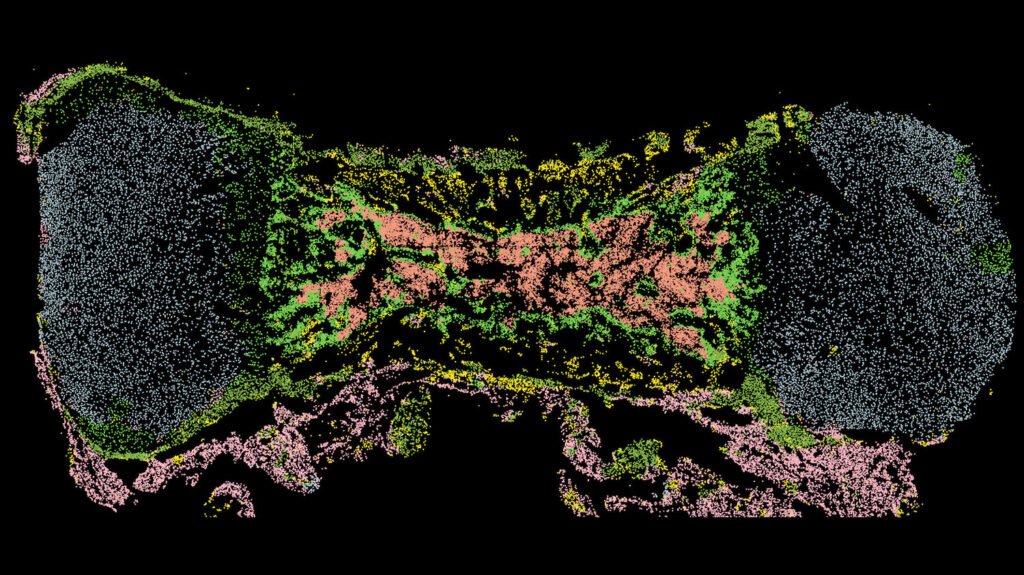A recent study has uncovered new insights into how our bones are maintained and repaired by stem cells, shedding light on the process of bone regeneration and aging. Led by Thomas Ambrosi, a postdoctoral fellow at Stanford University and now an assistant professor at UC Davis, the research has significant implications for developing therapies that can improve bone health, accelerate healing, and enhance performance longevity.
The study, published in Cell Stem Cell, highlights the critical role of skeletal stem cells in bone formation and repair. Unlike the more commonly studied mesenchymal stromal cells, skeletal stem cells are embedded within bone tissue and play a central role in generating new bone, cartilage, and supportive tissues. By analyzing skeletal stem cells from various regions of the human skeleton, the researchers identified four major subtypes specialized for different functions.
The balance of these skeletal stem cell subtypes is crucial for maintaining strong, flexible bones. However, with aging or impaired healing, this balance shifts, leading to the production of fibrous tissue instead of bone. This shift contributes to age-related bone fragility and poor healing outcomes after injuries.
To address this issue, the researchers developed a novel computational approach to identify key genes involved in bone formation and regeneration. By targeting these genes with a combination of two small molecules, they were able to restore aged or dysfunctional stem cells to a bone-building state. In laboratory experiments and mouse models, this treatment resulted in increased bone formation, improved fracture healing, and enhanced stem cell function.
While the findings hold promise for future regenerative therapies, Ambrosi cautions that further research is needed before these treatments can be applied clinically. He also emphasizes the importance of evidence-based approaches to stem cell treatments, as many current therapies lack scientific rigor.
Understanding the biology of skeletal stem cells and their role in bone health is crucial for overall well-being. Bones provide structural support, facilitate movement, store minerals, and support blood cell production. By unraveling the mechanisms of bone regeneration and aging, researchers can pave the way for innovative treatments that improve bone health and quality of life.
The study, “Human skeletal development and regeneration are shaped by functional diversity of stem cells across skeletal sites,” was published in Cell Stem Cell. For more information, you can access the study through the DOI: 10.1016/j.stem.2025.02.013.
This research was conducted by a team of scientists from Stanford University, UC Davis, UC San Diego, the University of Alabama at Birmingham, and the Chan Zuckerberg Biohub. Their collaborative efforts have provided valuable insights into the complex interplay of stem cells in bone maintenance and repair.
As we continue to unravel the mysteries of skeletal stem cells and their role in bone health, we move closer to a future where regenerative therapies can revolutionize the field of orthopedics and enhance the quality of life for individuals of all ages.


